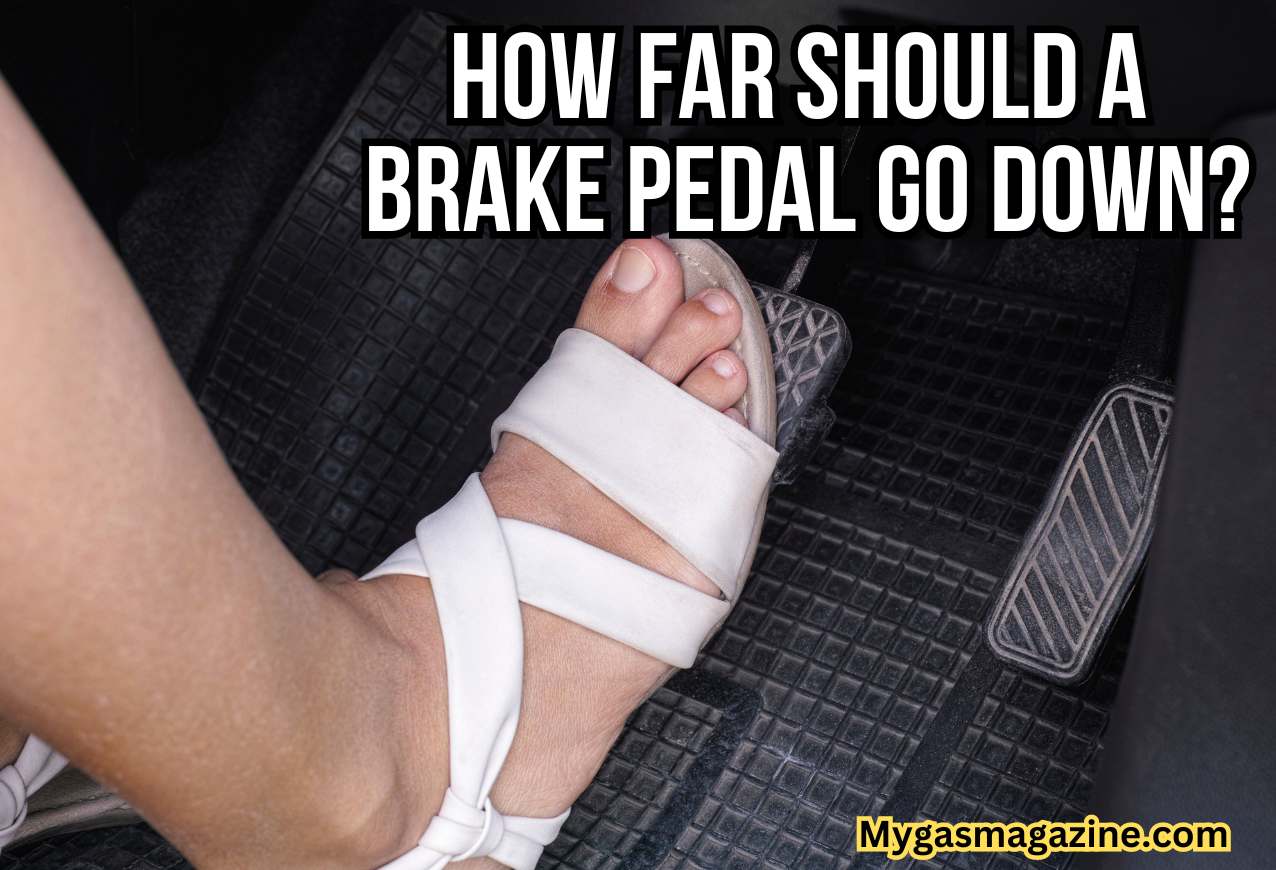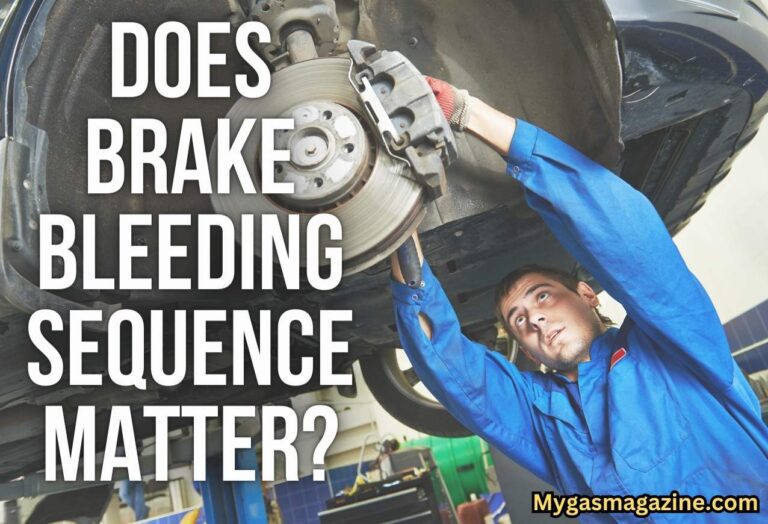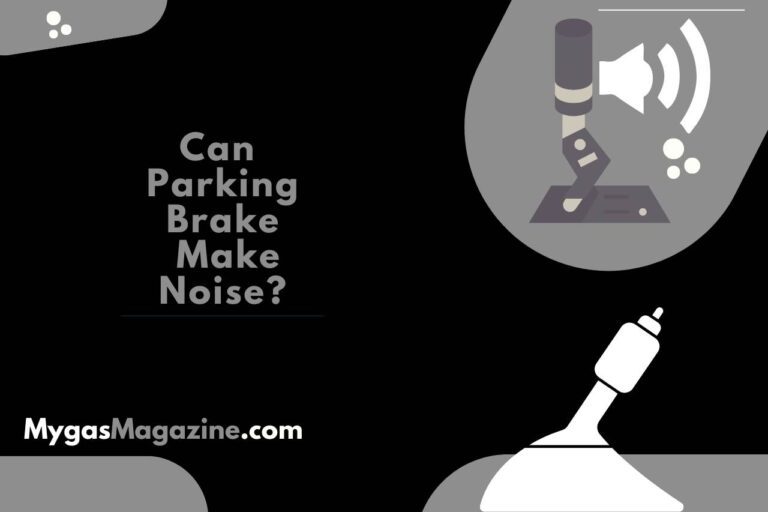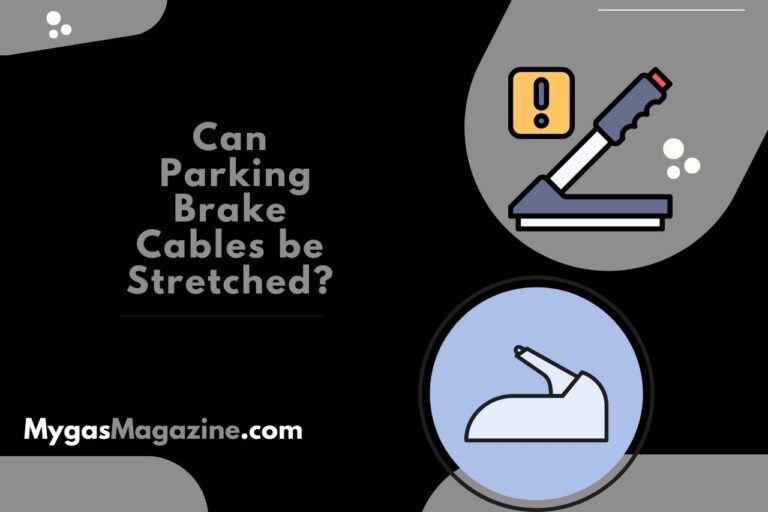How Far Should a Brake Pedal Go Down?
When you press the brake pedal, how far should it go down to effectively engage the brakes? Do you feel it goes way down? It will help if you know the correct answer to this question; how far should a brake pedal go down? Yes, we will answer it today.
How Far Should a Brake Pedal Go Down?
The brake pedal in a vehicle should typically travel about 1/3 to 1/2 of the way to the floor before engaging the brakes. This range of travel allows for optimal braking performance, providing enough leverage to apply the brakes effectively without requiring excessive force from the driver.
Brake pedal travel can vary slightly depending on the make and model of the vehicle, as well as the type of braking system (e.g., hydraulic or electronic). However, if the brake pedal travels too far or feels spongy when pressed, it may indicate a problem with the braking system that requires inspection and repair by a qualified mechanic.
It’s important for drivers to be familiar with the normal range of brake pedal travel in their vehicle and to pay attention to any changes in pedal feel or performance. Maintaining proper brake pedal travel is essential for safe driving and ensures that the brakes are able to respond quickly and effectively in emergency situations.
If you have any concerns about your vehicle’s braking system, it’s best to have it inspected by a professional to ensure your safety on the road.
What Does Excessive Brake Pedal Travel Indicate?
Excessive brake pedal travel, where the pedal depresses farther than usual before engaging the brakes, can be indicative of underlying issues within the braking system. This condition can stem from various factors, including brake fluid leaks, air in the brake lines, worn brake pads or shoes, and brake system contamination.
Brake fluid leaks, are often caused by damaged brake lines or caliper seals, resulting in a loss of fluid that can lead to a spongy brake pedal and increased pedal travel. Air trapped in the brake lines can compress, reducing braking effectiveness and causing the pedal to travel excessively.
Worn brake pads or shoes can also contribute to excessive pedal travel, as they may not generate enough friction to stop the vehicle efficiently. Additionally, contaminants such as water or debris in the brake fluid can compromise brake system performance, resulting in a spongy pedal and increased travel distance.
Excessive brake pedal travel can have several adverse effects on braking performance and safety. Firstly, it can lead to reduced stopping power, as the brakes may not be able to generate enough force to stop the vehicle quickly, increasing stopping distances and the risk of accidents.
Furthermore, excessive pedal travel can cause brake fade, where the brakes lose their effectiveness due to overheating. This can occur if the brakes are subjected to prolonged or heavy use, leading to longer stopping distances and potentially compromising safety.
In severe cases, excessive pedal travel can indicate a serious issue with the braking system that could result in brake failure. This poses a significant safety risk, as a complete loss of braking ability can occur, making it crucial to address any issues with excessive pedal travel promptly.
What Does Insufficient Brake Pedal Travel Indicate?
Insufficient brake pedal travel, where the pedal does not depress enough to engage the brakes properly, can be a concerning issue with various potential causes and implications for braking performance and safety. This condition may indicate a few underlying problems within the braking system that need attention.
One potential cause of insufficient brake pedal travel is air in the brake lines. Air bubbles can compress within the brake system, leading to a spongy or soft pedal feel and reduced braking effectiveness.
Another common cause is worn brake pads or shoes, which can result in a lack of friction and insufficient braking force when the pedal is depressed. Additionally, a brake fluid leak or low brake fluid level can also lead to insufficient pedal travel, as there may not be enough fluid to engage the brakes fully.
Insufficient brake pedal travel can have significant effects on braking performance and safety. Firstly, it can result in longer stopping distances, as the brakes may not be able to generate enough force to stop the vehicle quickly. This can increase the risk of accidents, especially in emergency situations where a quick and decisive stop is necessary.
Furthermore, insufficient brake pedal travel can lead to brake fade, where the brakes lose their effectiveness due to overheating. This can occur if the brakes are subjected to prolonged or heavy use without sufficient cooling time, leading to a loss of braking power and potentially compromising safety.
In severe cases, insufficient brake pedal travel can result in brake failure, where the brakes are unable to stop the vehicle at all. This poses a significant safety risk and highlights the importance of addressing any issues with brake pedal travel promptly to ensure the continued safe operation of the vehicle.
How Can You Test Brake Pedal Travel?
Testing brake pedal travel is an essential part of maintaining your vehicle’s braking system and ensuring safe operation. To test brake pedal travel, follow these steps:
- Park your vehicle on a level surface and ensure the parking brake is engaged.
- Start the engine to power the brake system.
- Press the brake pedal several times to build up pressure in the brake system.
- With the engine still running, apply firm, steady pressure to the brake pedal and note how far it travels before the brakes engage.
- Release the brake pedal and allow it to return to its resting position.
- Repeat the test several times to ensure consistency in the brake pedal travel.
- Pay attention to the feel of the brake pedal. It should feel firm and responsive, with minimal travel distance.
Related
- Why Is The Brake Pedal Higher Than The Accelerator?
- How to Adjust Brake Pedal Height?
- Can You Adjust The Brake Pedal Sensitivity?


Meet Lakith, the driving force behind MyGasMagazine.com. A seasoned mechanic with over 7 years of hands-on experience in our family-run Gas Mag Garage, Lakith combines his technical expertise with a deep passion for cars. His journey in the automotive world began alongside his father, learning the intricacies of car repair and maintenance. Today, as the founder of MyGasMagazine.com, Lakith shares his wealth of knowledge, offering readers a unique blend of practical advice, industry insights, and engaging stories from the vibrant car culture of Sri Lanka.







